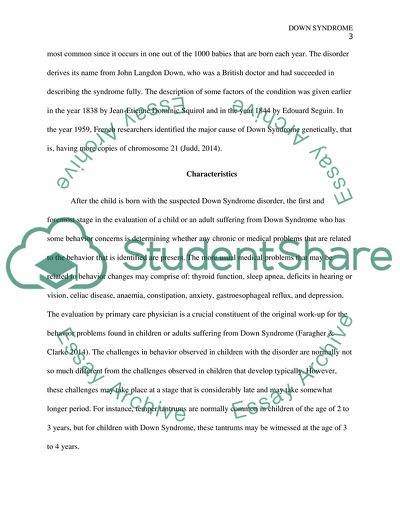Cite this document
(Down Syndrome Article Example | Topics and Well Written Essays - 1250 words - 1, n.d.)
Down Syndrome Article Example | Topics and Well Written Essays - 1250 words - 1. https://studentshare.org/education/1865294-down-syndrome
Down Syndrome Article Example | Topics and Well Written Essays - 1250 words - 1. https://studentshare.org/education/1865294-down-syndrome
(Down Syndrome Article Example | Topics and Well Written Essays - 1250 Words - 1)
Down Syndrome Article Example | Topics and Well Written Essays - 1250 Words - 1. https://studentshare.org/education/1865294-down-syndrome.
Down Syndrome Article Example | Topics and Well Written Essays - 1250 Words - 1. https://studentshare.org/education/1865294-down-syndrome.
“Down Syndrome Article Example | Topics and Well Written Essays - 1250 Words - 1”. https://studentshare.org/education/1865294-down-syndrome.


